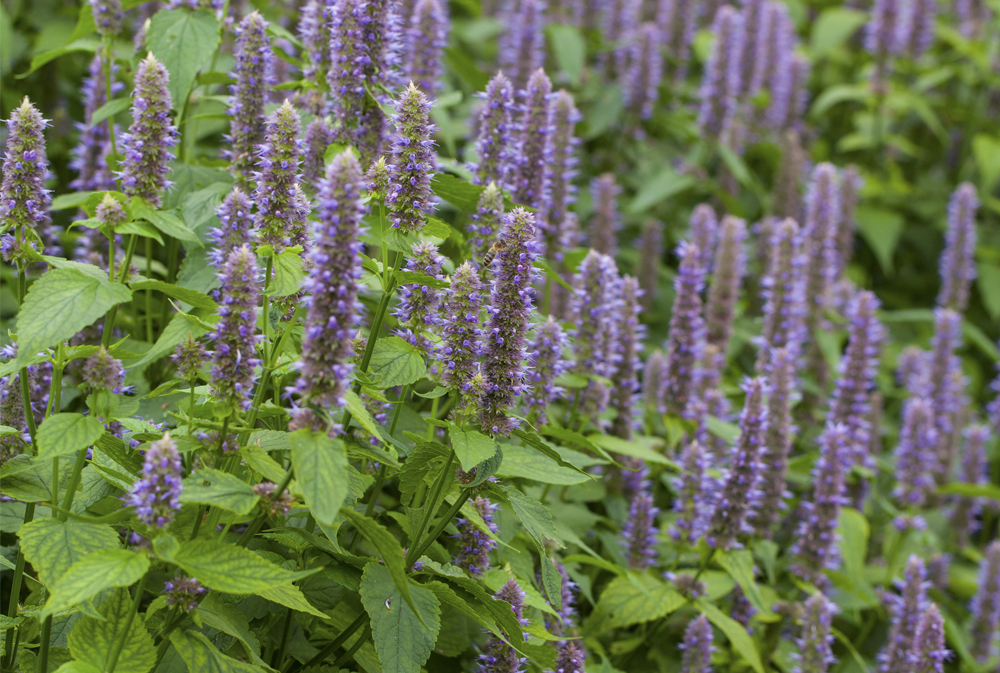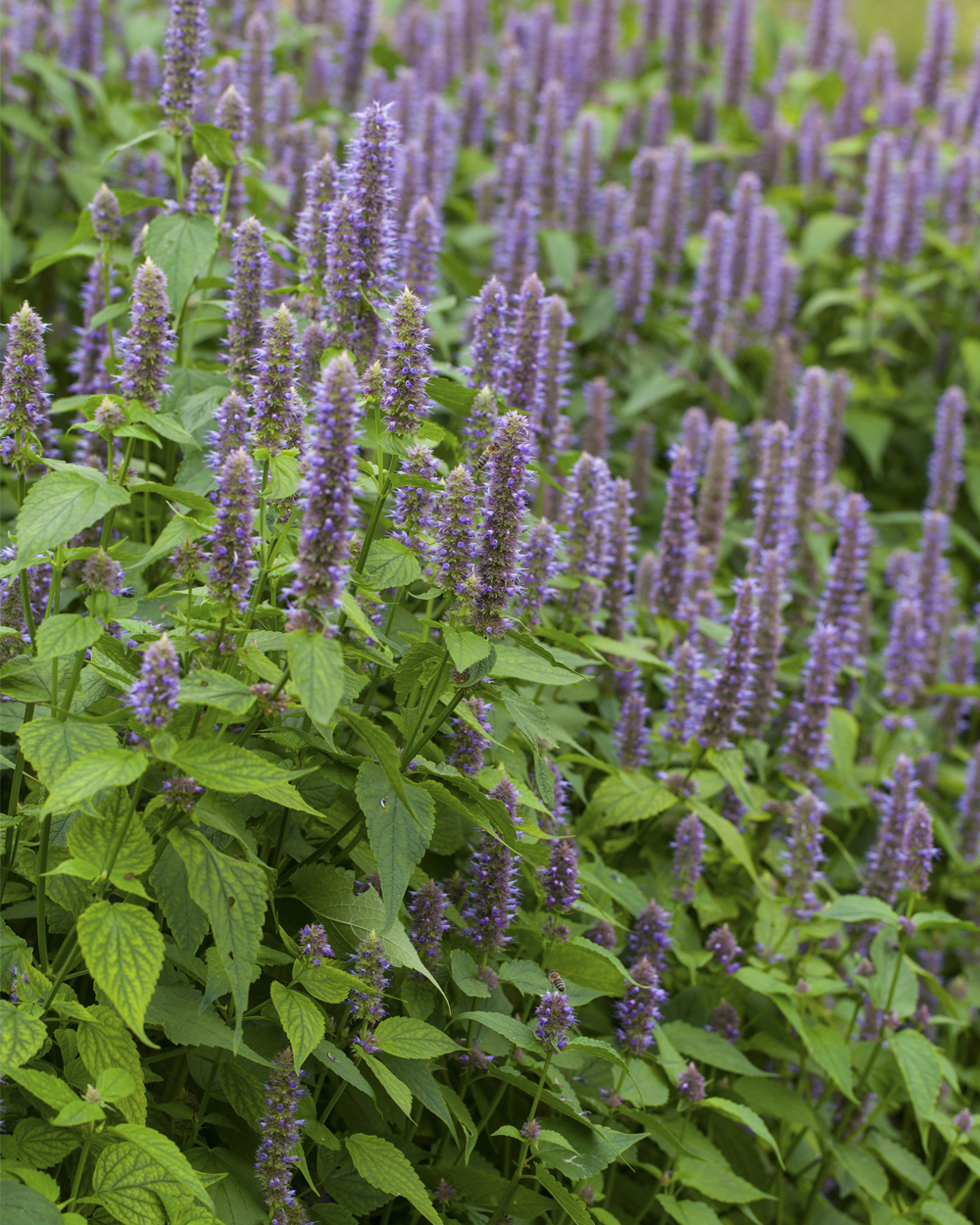Agastache foeniculum
Anise HyssopAgastache foeniculum
Anise HyssopThis exceptionally hardy native species is easy to grow and long blooming; often used by native bees as a nectar source. Tall, bright lavender blue flower spikes on strong, upright stems create a beautiful vertical accent in perennial borders and native prairie plantings. Short lived perennial but reseeds reliably.
Plant Details
- Zone: 3 - 8
- Height: 24-48"
- Spread: 18-36"
- Exposure: Full Sun, Part Shade
- Soil Moisture: Low Water Needs, Moderate Water Needs
- Drought tolerant: Yes, Once Established
- Bloom time: Early Fall, Early Summer, Late Summer, Midsummer
- Foliage Color: Green Shades
- Flower Color: Blue Shades, Purple Shades
- Fragrant: Yes
- Good Cut Flower: Yes
- Native: Native Species
- Deer resistant: Yes
- Rabbit resistant: Yes
- Bee-friendly: Yes
- Attracts butterflies: Yes
- Attracts hummingbirds: Yes
- Groundcover: No
- Roy Diblik Favorite: No
Plant Details
- Zone: 3 - 8
- Height: 24-48"
- Spread: 18-36"
- Exposure: Full Sun, Part Shade
- Soil Moisture: Low Water Needs, Moderate Water Needs
- Drought tolerant: Yes, Once Established
- Bloom time: Early Fall, Early Summer, Late Summer, Midsummer
- Foliage Color: Green Shades
- Flower Color: Blue Shades, Purple Shades
- Fragrant: Yes
- Good Cut Flower: Yes
- Native: Native Species
- Bee-friendly: Yes
- Deer resistant: Yes
- Rabbit resistant: Yes
- Attracts butterflies: Yes
- Attracts hummingbirds: Yes
- Groundcover: No
- Roy Diblik Favorite: No
Grower Information
Agastaches grow and flower best in full sun, though they will tolerate light shade. Provide consistent moisture but do not overwater; good drainage is a necessity. Pinch plants early for more compact growth and an improved flower display. Long lasting blooms provide an extended sales window. A favorite of bees, butterflies and hummingbirds; ideal for pollinator gardens.
- PowerPlug Size(s): 32s
- Optimal Planting Time: Spring
- Retail Sales Window: Fall, Summer
- Moisture in Production: Average, Low
- Requires Shade in Production: No
- Vernalization Required for Bloom: No
- Vernalization Beneficial: Yes


